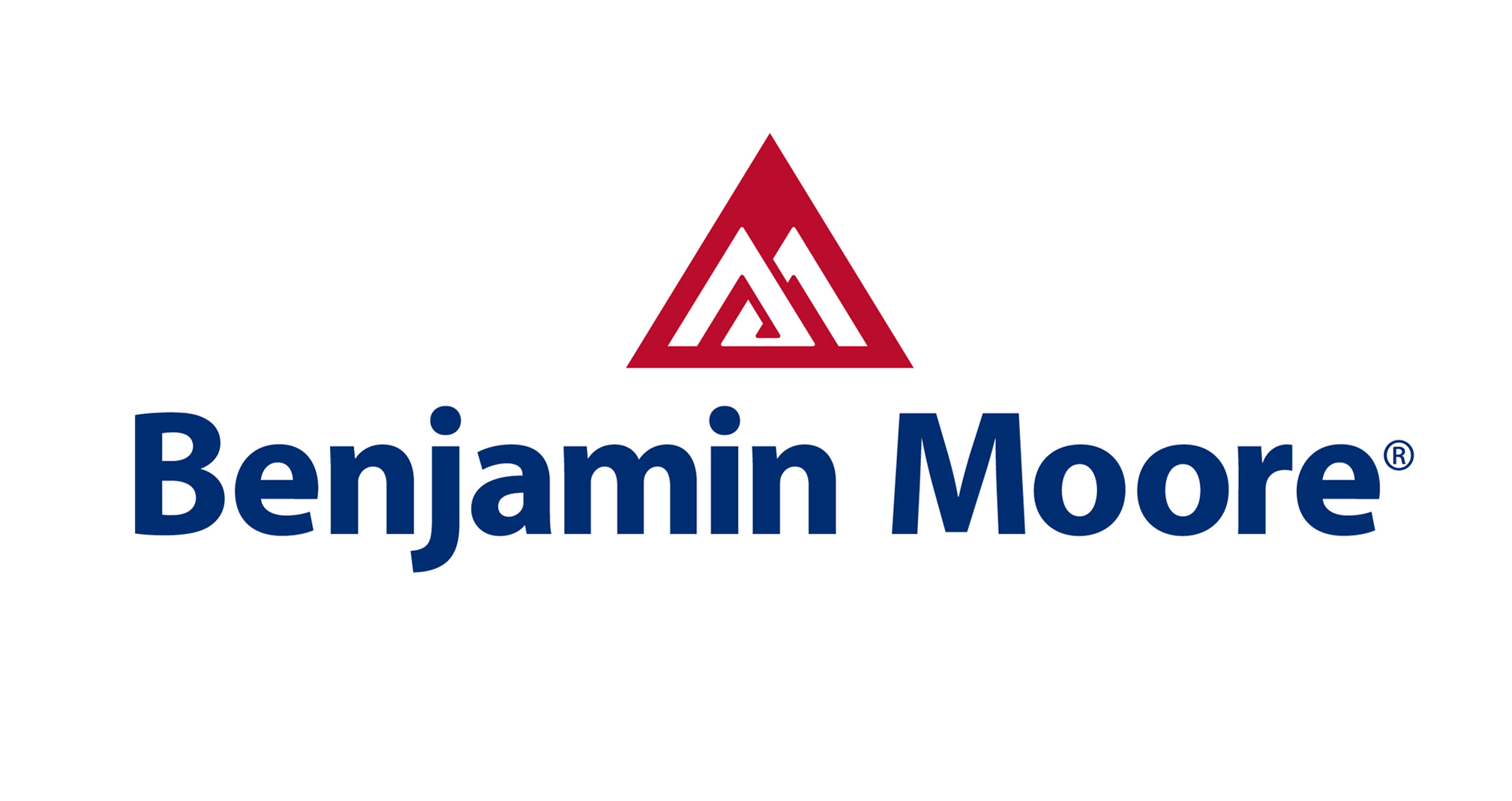The Science of Visible Light and Its Impact on Paint Specification
Specifying Paint Color
There are four key factors to consider when specifying the color of paint: light source, LRV, sheen, and product.
As we have seen, artificial lighting sources vary in their ability to render color. It will be important to determine the CCT and CRI of the light source. Is the CRI adequate for the application? Remember, a CRI of 80 or above is acceptable for most spaces. A CRI of 90 or above will provide excellent color rendering. In many cases, artificial lighting can be supplemented by daylighting. Many if not most colors show well in natural light; however, keep in mind that light conditions change throughout the day and seasons, and the color will often be illuminated exclusively by artificial light. Light sources with CCT values around 3000 K will better mimic natural light. Also, keep in mind that higher LRV will increase the amount of light reflected in the room, whether the light source is natural or artificial.
The choice of sheen can make colors appear lighter or darker, so be sure to request a drawdown in the exact color and sheen specified for the job. Remember that sheen tends to impact darker colors more dramatically and glossier sheens can cause glare.
LRV and sheen will in part be determined by the building type and function. An industrial or health-care project will have different requirements for aesthetics, performance, and durability than a residential project.
Finally, the manufacturer’s paint formula will have an impact both on paint performance and on how the color is perceived in different lighting conditions.
Paint Schedules and Specifications
During the design process, much time and effort are spent selecting lighting and color for a space. All too often, however, contractors allow product and color substitutions on the job, often with disappointing results.
Design professionals can use schedules and architectural specifications to ensure the correct products are applied on the right surfaces.
A schedule is a list of materials, fixtures, finishes, building components, or equipment in table form. Schedules can be found on construction drawings or in the project manual. The purpose of schedules is to avoid cluttering a drawing with too much text and quickly clarify the size, quantities, location, finish, etc. of items.
A paint schedule provides an easy-to-understand materials list for all the paint finishes required for a job. It also helps the painters identify where each color should go. Paint schedules typically indicate a manufacturer, product name and number, a color name and number, and gloss or sheen.
Schedules are an important part of construction documentation. However, a specification is still required to control the quality of the supplied coatings and how they are to be applied. Division 01 defines if and how product substitutions are to be proposed, evaluated, and approved. This is particularly relevant to paint specifications, due to the practice of color matching.
The best way to completely avoid color discrepancies in critical installations is to use a proprietary spec to dictate the manufacturer’s name, product, color name, and number with instructions not to substitute product and no color matching.
Conclusion
Selecting paint is more than just choosing an appealing color. How a given paint color will actually appear in a space depends on a host of factors, including the lighting type, reflectance, finish, and formulation of the paint itself. Design professionals can use their knowledge of light and color to select the perfect paint for the given application, and then translate their selections into specifications and schedules that ensure the exact product is ultimately used on the job.
Juliet Grable is an independent writer and editor focused on building science, resilient design, and environmental sustainability. She contributes to continuing education courses and publications via Confluence Communications. www.confluence.com










